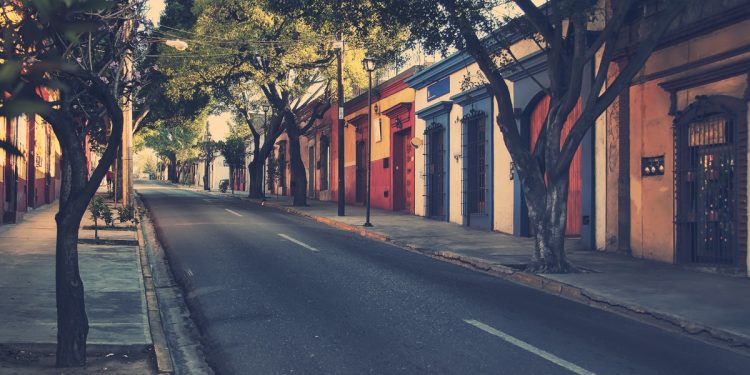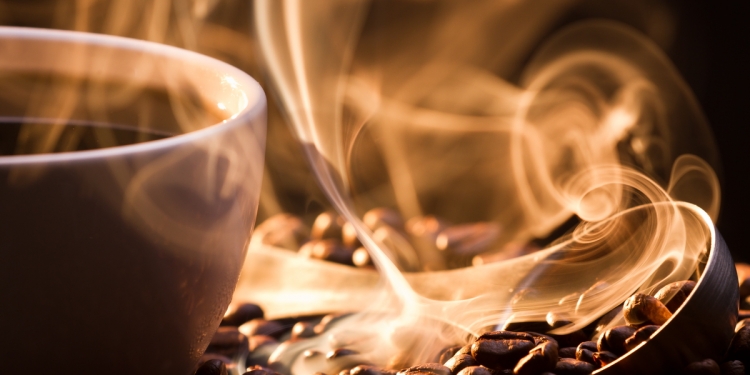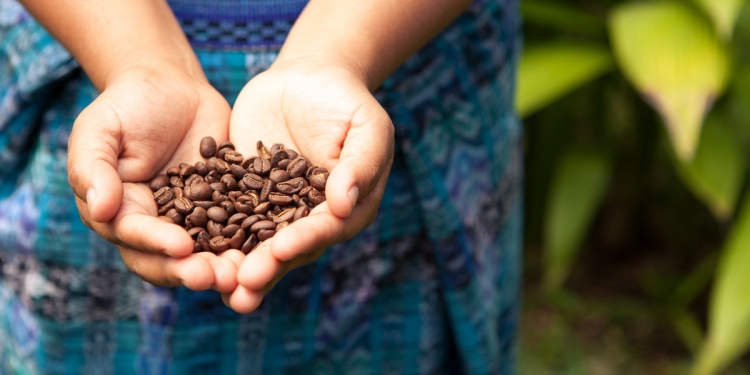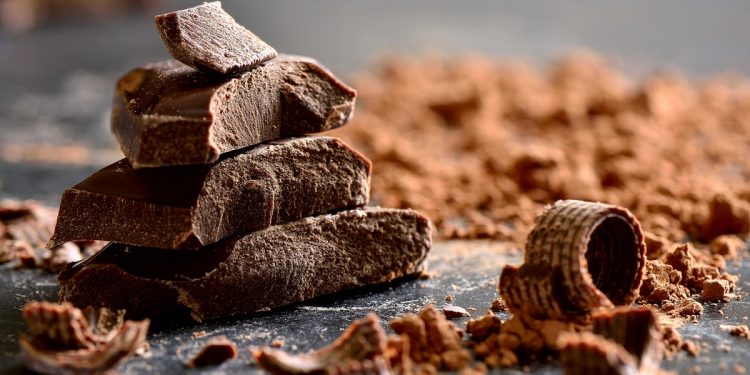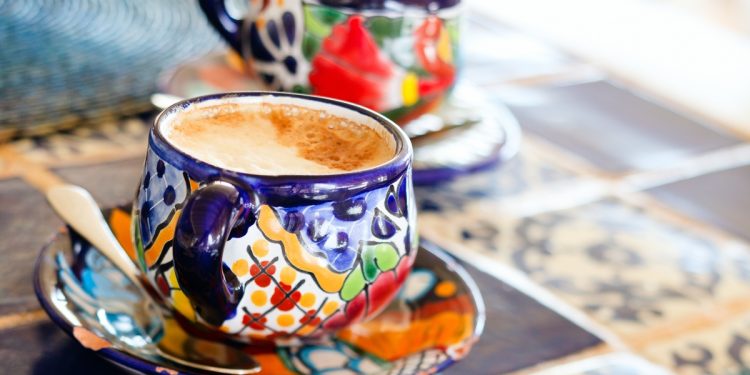To go with its ample selection of coffee shops —and more and more varied shops and coffee bars are appearing here all the time— Mexico also offers a wide choice of home-grown coffees, including an increasing number labeled gourmet.
Changing tastes in coffee consumption
With the rising popularity of coffee-drinking for entertainment, the casual expert who knows that the good stuff is called arabica and grows on mountains is in ever-greater company, and the value of that knowledge as a conversation opener has dwindled somewhat.
The purveyors of the best coffees tend to print that kind of information all over the packages, and some even include rather sophisticated stories about how the coffee comes to be in the bag at all, almost rivaling the verbosity of the cereal companies who provide enough literature on the box to see you through a week of breakfasts without having to pick up a newspaper or speak to anyone else at the table, except to waffle something that sounds like “I’m reading” through soggy flakes.
There are many, if not infinite, combinations of roasts and grinds for the different coffees to make it impossible to say which are the best; besides, there is no accounting for taste.
Coffees grown in Mexico
Possibly the best known Mexican coffees come from Chiapas, which is the state that produces the most. But there is plenty to be said for Oaxaca state’s Pluma region, as well as coffees grown in Veracruz state’s Córdoba region.
For home consumption, a fair selection can be found at most Mexican supermarkets, although for a wider choice, the coffee shops that grind the beans on the premises are a good place to go: they also tend to have more sizes of bags, so you can try out different kinds quite frequently, ordering quarter-kilos (about a half-pound), “un cuarto,” or find one you always want, and buy a big bag of it. The handful of high-end food shops, some with branch networks across the country, also stocks ample ranges of high quality Mexican and imported coffees.
It’s probably fair to say, without being too nationalistic, that Mexico produces enough of its own good quality coffee as to make paying extra for imported grains a waste of money. Of course there is the Malinchista factor to consider, for which Colombian and Costa Rican coffees are readily available as well as the top Italian coffee brands, although generally speaking malinchismo doesn’t apply to hot drinks. That may be just as well as a majority of the coffee drunk in Mexico is still of the instant kind, and there you definitely want to stick with the Swiss company’s brand.
Instant coffee is still popular in Mexico
Not everywhere has good coffee, and some restaurants that specialize in other areas definitely fail in this. A number of taco restaurants have cottoned-on to the trend in customers’ demands for a decent coffee after a meal and now serve proper Café Americano, Cappuccino, or even Espresso, but there remain others whose only offering is “agua para Nescafé,” (they bring a cup of hot water, a spoon and the instant coffee jar), or “café de olla,” which is coffee made in a cooking pot, la olla, and sweetened with treacle, piloncillo, and cinnamon. Tastes fine, but isn’t what you might expect.
Mexico in your inbox
Our free newsletter about Mexico brings you a monthly round-up of recently published stories and opportunities, as well as gems from our archives.


